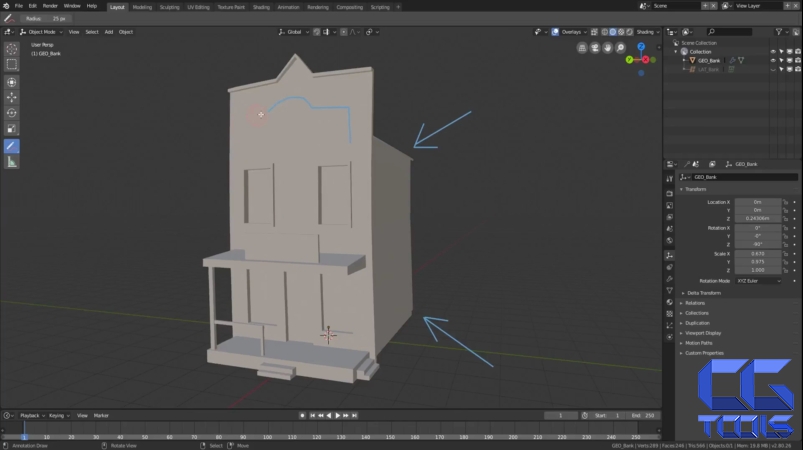
The way a brush draws is the result of Brush settings and Material settings, thus it was sensible to join them both. As the Grease Pencil materials evolved, it was clear that a Brush was related to the material used, specially for textured materials. The change could seem like a step back, but there are reasons to do this. Note: The current user interface is temporary and it will be replaced with a new design. Now the brush has always a material attached to it. Before this change, the brush used the color selected in the palette. This is an important change in the workflow. This change makes it also possible to link brushes between files and to create brush libraries. This way we reuse the Brush structure already available in Blender. This change is more internal, but it replaces the Grease Pencil drawing brushes with “ real” Blender brushes. Note: Grease Pencil materials cannot use nodes for the time being. Now the colors work the same way as any other material in Blender, with additional settings exclusive to Grease Pencil.Ĭonsequently, Palettes have been replaced by Material slots and each color replaced by an individual material. So much that we ended up with Palette colors that had many more options than just RGB values.Īfter some discussions with Code Quest team, we decided to move Palettes to Materials. However, Grease Pencil colors are far more complex than a simple color. This solution proved to work well and it was deeply used in the HERO open movie project.

In the last versions of Blender 2.7x we introduced Palettes in order to manage Grease Pencil colors. Here is an overview of the updated changes internally and in the workflow.


Which, after much back-and-forth, led to fundamental changes to fully integrate it within the Blender 2.8 design.

The Blender 2.8 Code Quest turned out to be a great opportunity to gather a final round of feedback. The long overdue Grease Pencil merge in Blender 2.8 is now closer than ever.


 0 kommentar(er)
0 kommentar(er)
